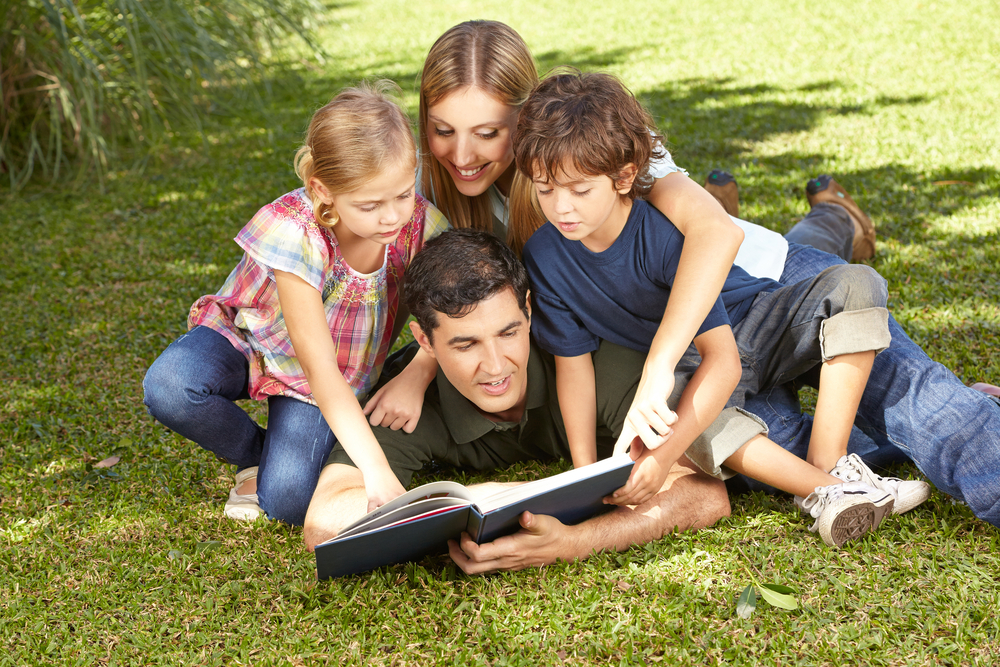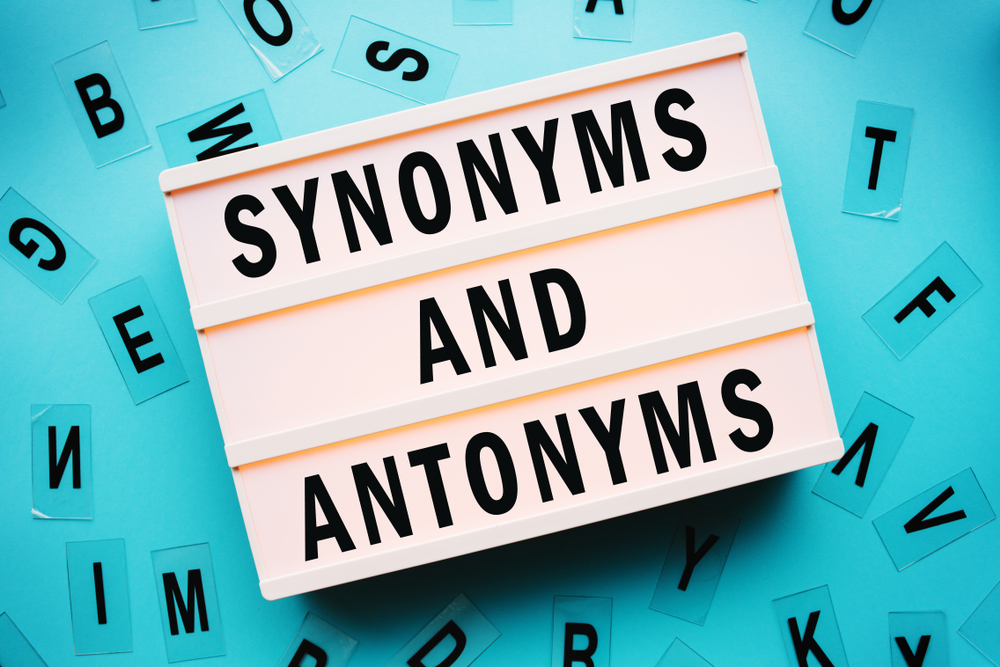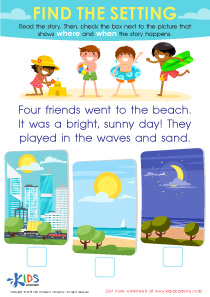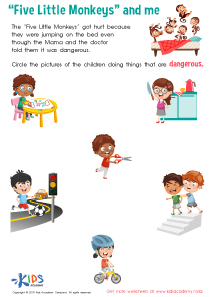Color recognition Easy Building Vocabulary Worksheets for Ages 3-6
6 filtered results
-
From - To
Discover our engaging "Color Recognition Easy Building Vocabulary Worksheets" designed for children ages 3-6! These printable worksheets promote early literacy, helping young learners explore and identify various colors while expanding their vocabulary. Through fun activities, like matching and coloring, children will develop essential recognition skills in a playful manner. Each worksheet is tailored to facilitate learning and comprehension, making it an excellent resource for home or classroom use. Foster your child's creativity and cognitive growth with colorful illustrations and interactive challenges that make learning fun and effective! Equip your little ones with the skills they need for a bright educational future!


Red and Blue Coloring Fun Worksheet
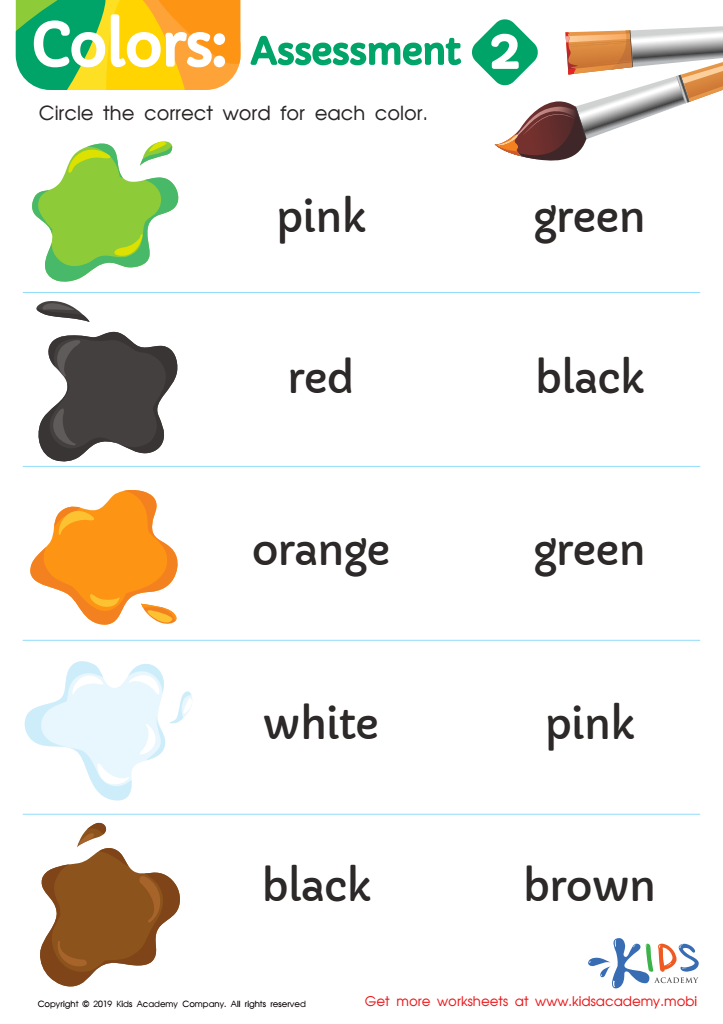

Colors: Assessment 2 Worksheet


Colors: Assessment 1 Worksheet
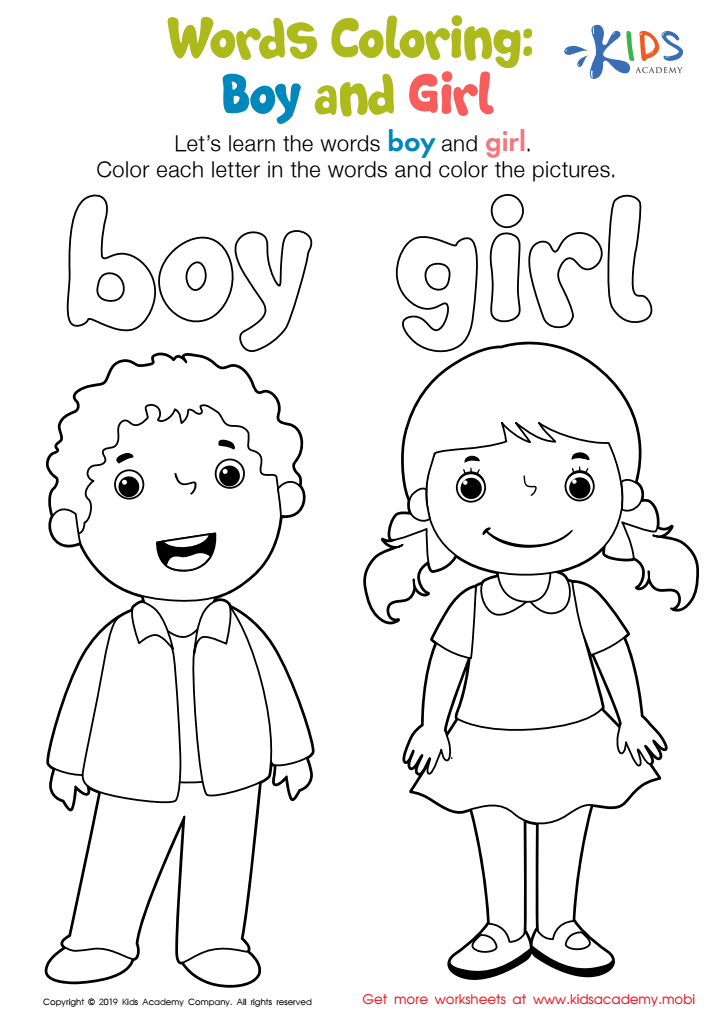

Boy and Girl Words Coloring Worksheet


Tired and Worried Words Coloring Worksheet
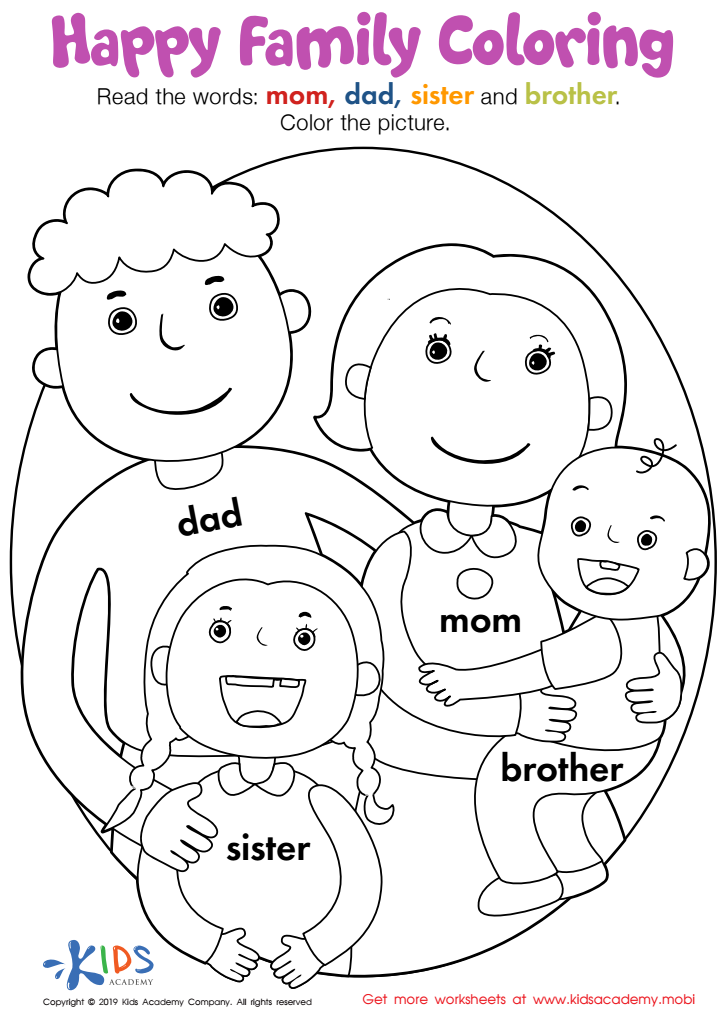

Happy Family Coloring Worksheet
Color recognition and vocabulary building are fundamental aspects of early childhood education that significantly influence a child's cognitive and social development. For children aged 3-6, recognizing colors helps them distinguish differences in their world, enhancing their observational skills and understanding of their environment. This skill lays the groundwork for more complex concepts, such as sorting and categorizing, vital in mathematical reasoning.
Building vocabulary, on the other hand, is essential for effective communication and expression. When children learn color names and their associated objects, they also expand their overall vocabulary, which improves their listening and speaking skills. This early language development fosters literacy, paving the way for successful reading and writing in later years.
Moreover, knowing colors and vocabulary enhances creativity. Children use colors to express thoughts and emotions in art, enabling imaginative play. This age group thrives on interactive learning, making activities involving colors not only educational but also enjoyable.
Parents and teachers should prioritize these areas as they form the foundation for lifelong learning. Through engaging in color recognition and vocabulary-building activities, they nurture children’s curiosities and empower them to articulate their experiences, ultimately building self-confidence as they engage with the world around them.
 Assign to My Students
Assign to My Students
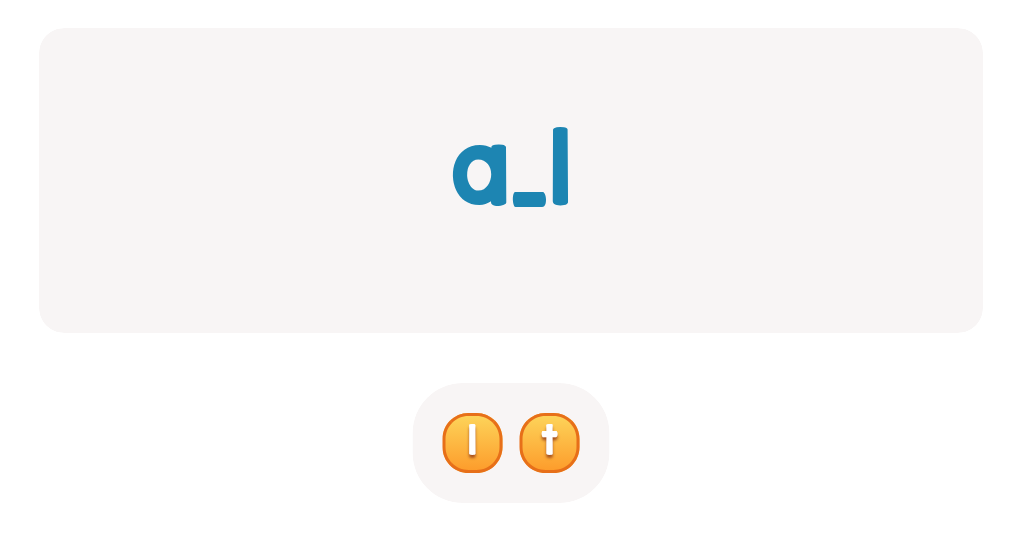

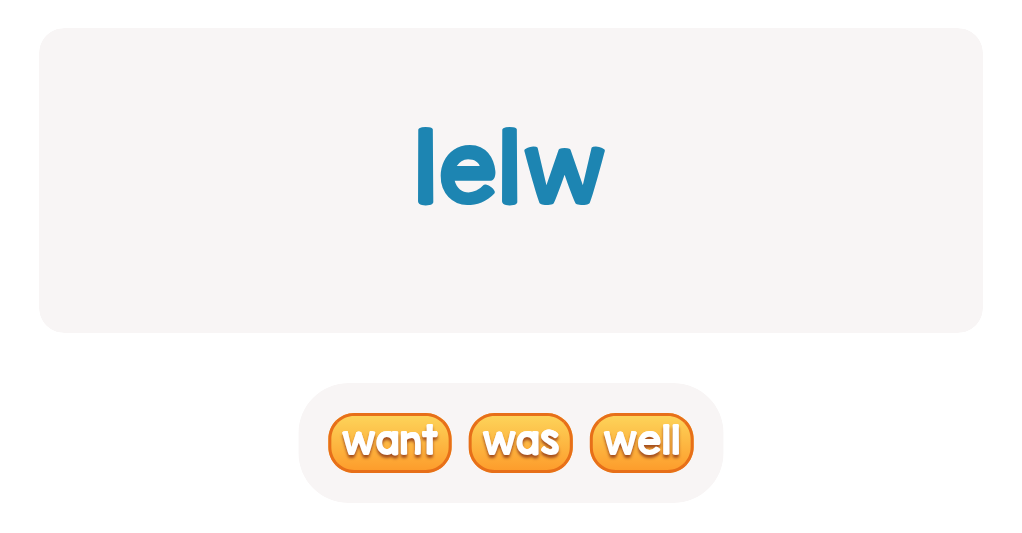
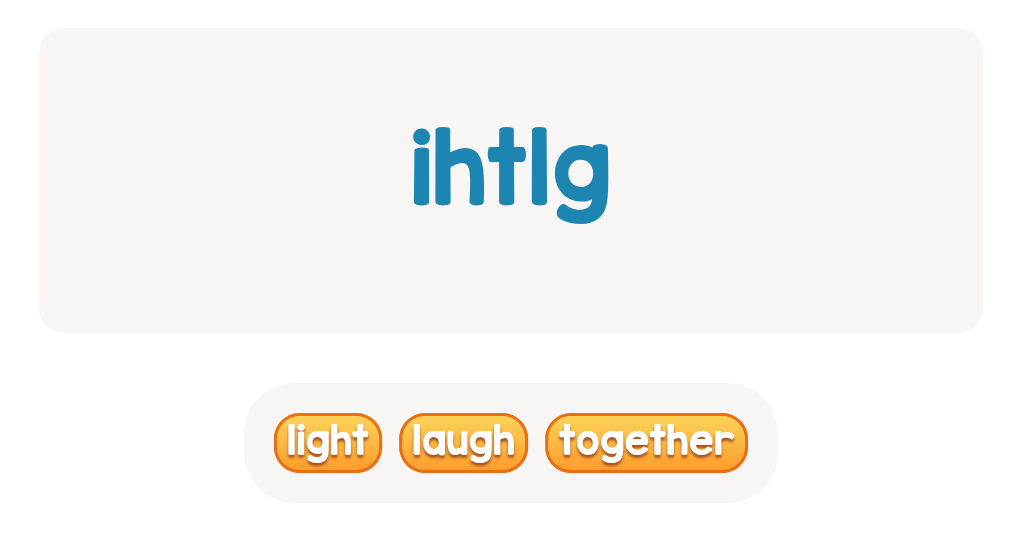
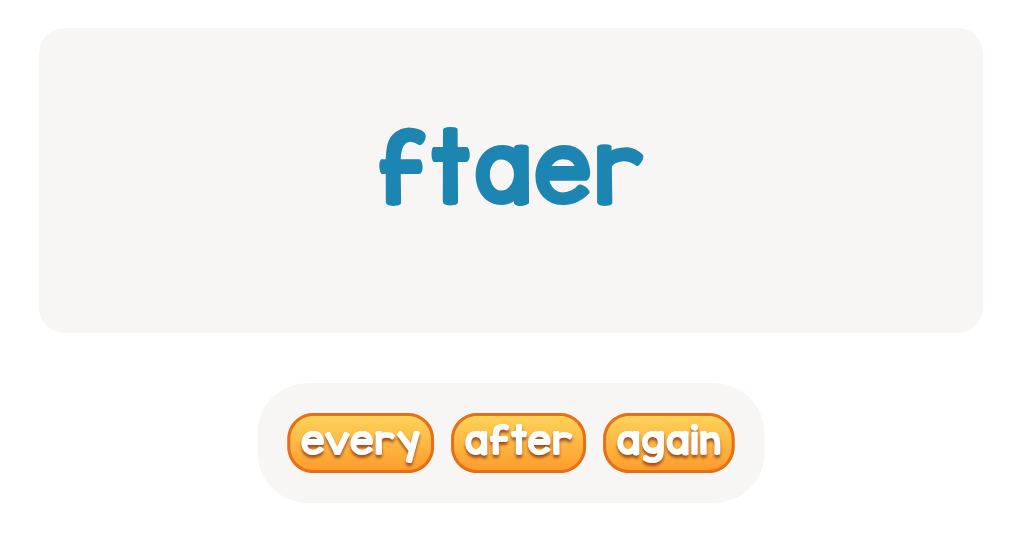
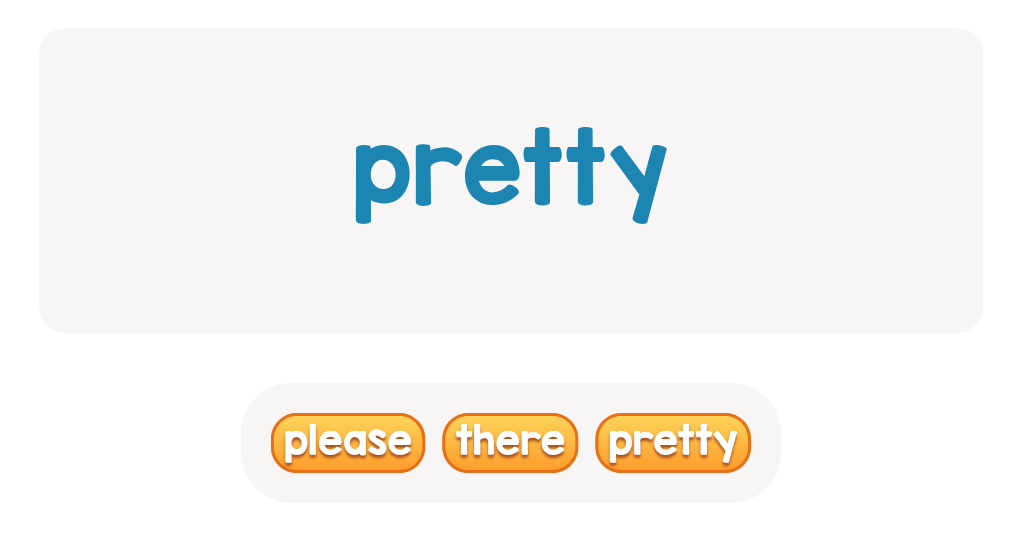
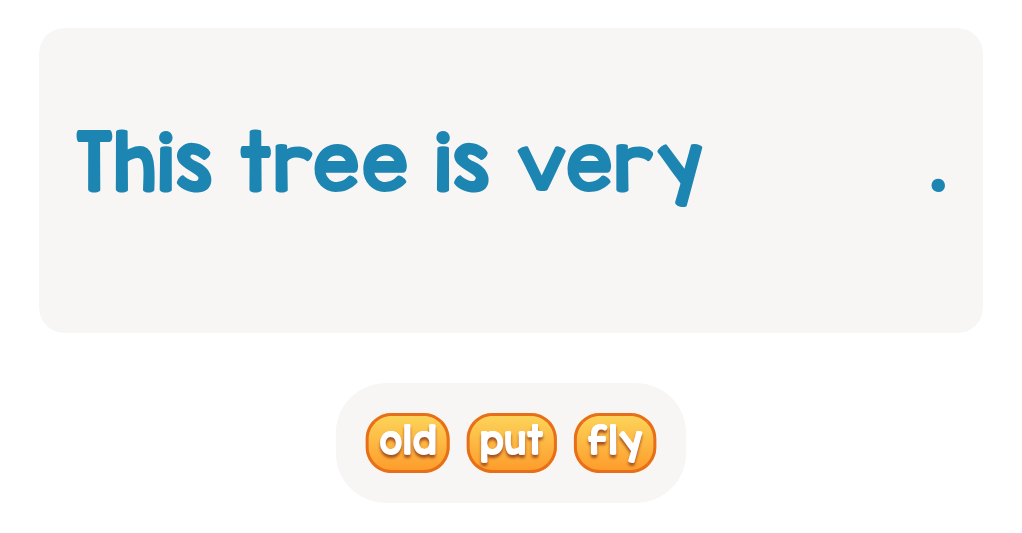
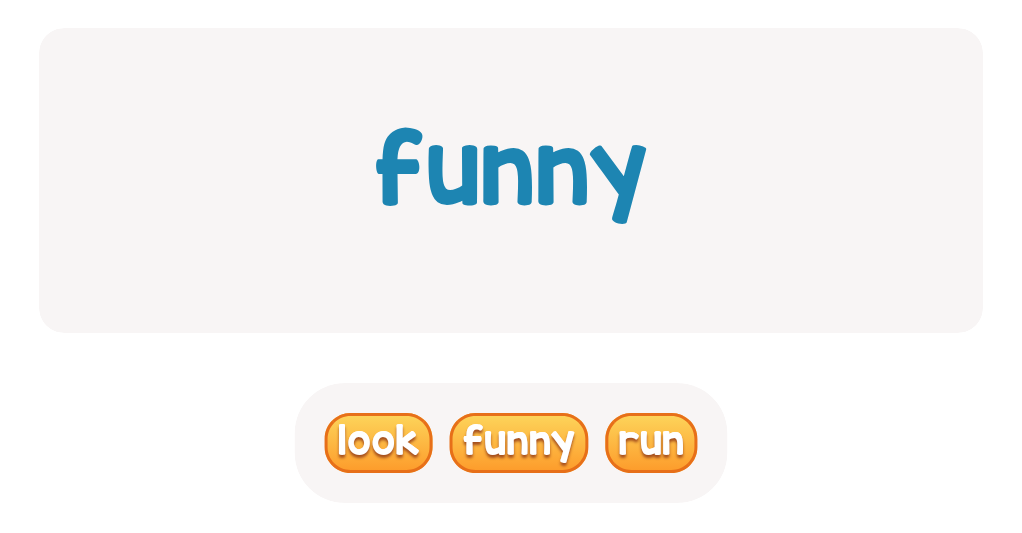
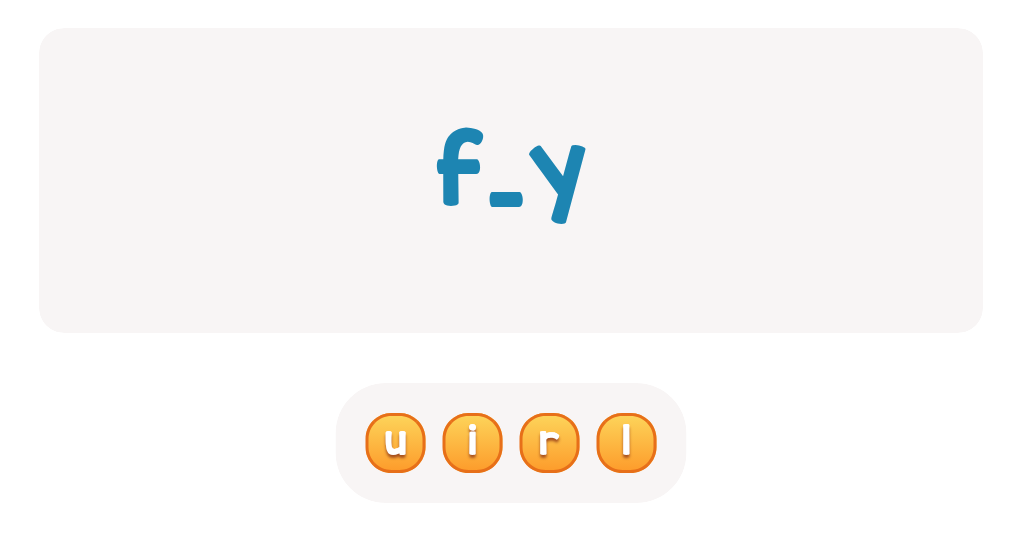






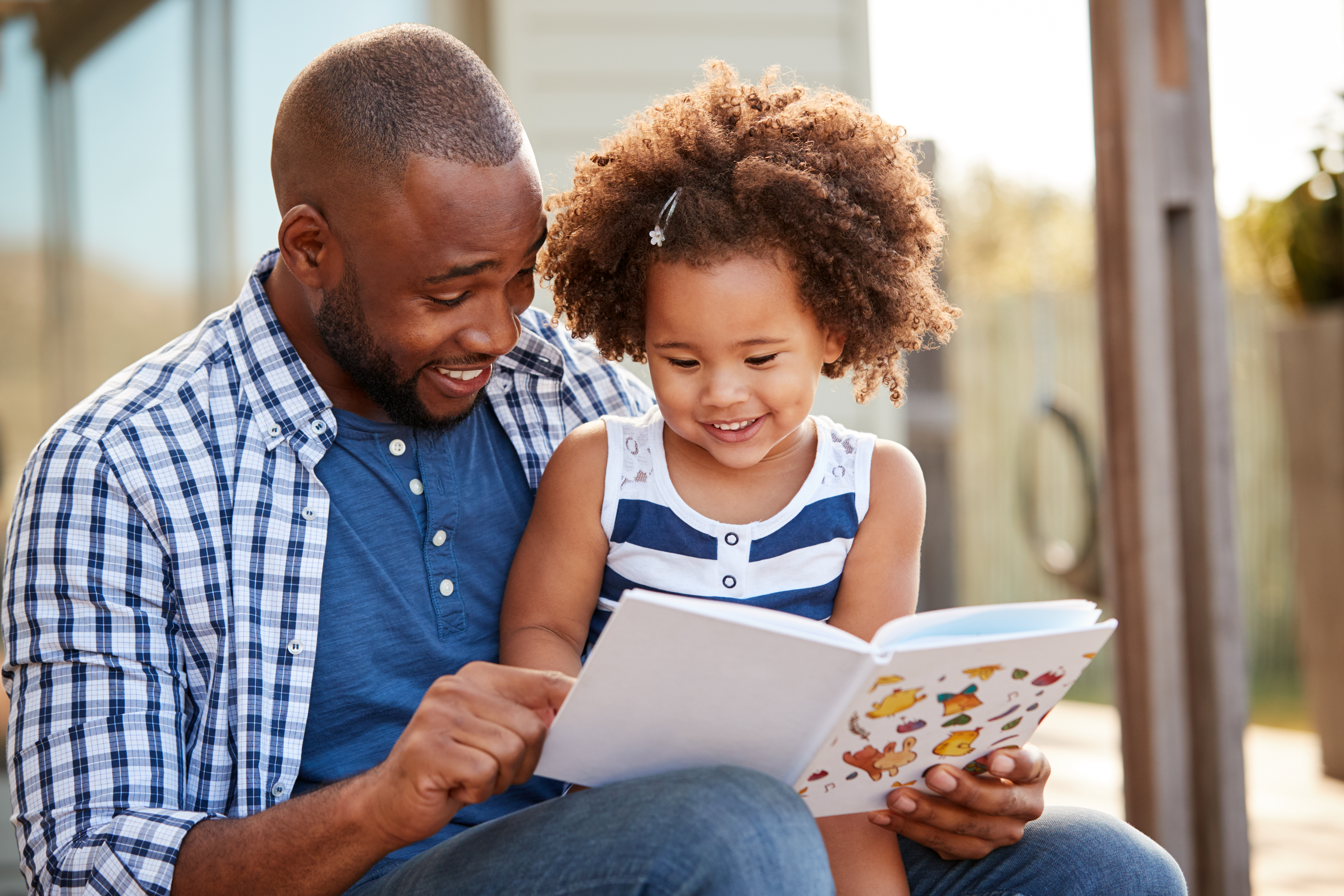


.jpg)
